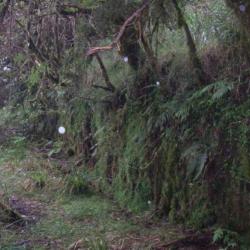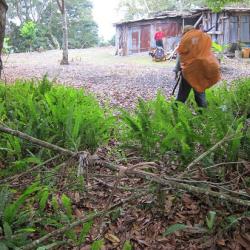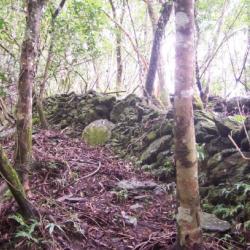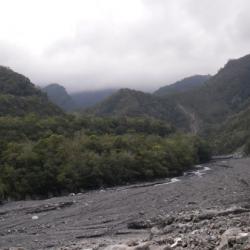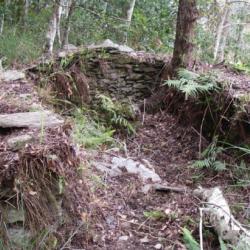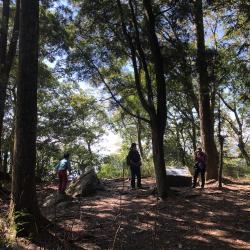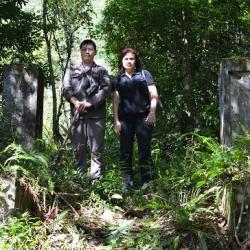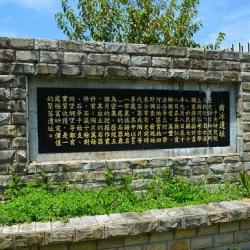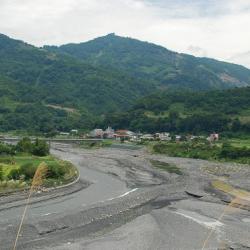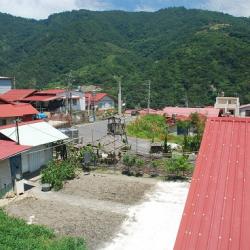Tongshan Police Post is located in the south-west of Tongshan in Nan'ao Township, Yilan County. It sits at an altitude of about 1,620 meters. In fact, the Piahau Historic Trail, which runs through Nan’ao Township and Datong Township in Yilan County, was built in 1919. There is also a Tongshan branch route that reaches Hanxi Village in the north and connects to the main route near Leyoxenshe. The main route is about 87.2 km in length and the branch route is about 44.2 km, both pass through the traditional territories of the Atayal tribe of the Nan’ao group.
During the Japanese occupation, Taiwan’s Governor-General used the Piahau Historic Trail as the path for migrating the Atayal people, forcing them to move out of their village. In the early post-war period, the National Government also forced the tribes to move to the plains.
